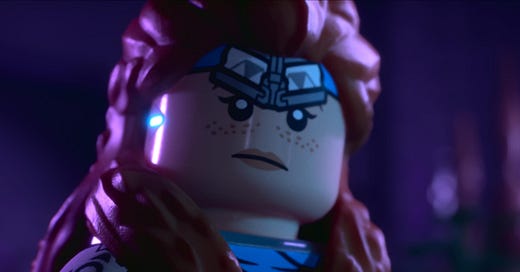Lego Horizon Adventures is a good laugh, but not much else
Guerrilla Games and Studio Gobo's outing hits some high notes, but proves to be a mildly above average game overall
Review: Lego Horizon Adventures
Developed by Guerrilla Games and Studio Gobo, and published by Sony Interactive Entertainment
Rating: ★★★★★☆☆☆☆☆
Horizon Zero Dawn (2017) was hands down one of the most (if not the most) interesting games to emerge in the 2010s and spawned a most fascinating universe. The post-post-apocalyptic action-adventure game with a strong conservation theme and an engaging bunch of characters was a breath of fresh air. Apart from an absorbing plot, gameplay was exciting and there was a great variety of quests (whether primary or optional ones) on offer. The game went on to win several accolades. And five years later, the Horizon universe was expanded by Horizon Forbidden West. While magnificent in terms of its looks and gameplay, the story was a bit all over the place and paled in comparison to the first game’s tale. Still, any Horizon game was better than most things on the market at the time. A PSVR2 title (Horizon Call of the Mountain) dropped in 2023 and served to marry Aloy’s world with advances in VR technology. While it did go some way in world-building and filling some lore gaps, I personally didn’t care much for it. It made me extremely dizzy, if you must know.
November 14 saw the launch of what can ostensibly be considered a fourth Horizon game (as opposed to the fourth Horizon game) — Lego Horizon Adventures. Clearly this was not part of the mainline series, and intended more to give the franchise the famous (or infamous, depending on your outlook) Lego treatment. Whether it’s Star Wars, Harry Potter, Lord of the Rings, the DC and Marvel universes and several others, this sort of creative reimagination is usually a guarantee of a few hours of irreverent, self-referential and often meta humour coupled with some fun (and at the very least, serviceable) gameplay. Does Lego Horizon Adventures go down the same path? We’ll soon find out. For now, and as always, let’s kick things off with a trailer.
Soul of a new machine
The likes of Ashly Burch (as Aloy), JB Blanc (Rost), John Hopkins (Erend) and John Macmillan (Varl) reprising their roles from the ‘regular’ Horizon games lends a sense of familiarity to proceedings. As does the presence of memorable structures like the Cauldrons1 — albeit rendered in Lego bricks. It’s noticeable from the very start that great effort has gone into making fans (or those somewhat familiar with) of the Horizon series comfortable in this particular world. Whether that’s the painstakingly-created versions of the machines, the little details and embellishments adorning each returning character or the aforementioned Cauldrons and their interiors, it all looks wonderful.
So you’ve got the authentic sights and sounds of the ‘real’ Horizon games. What else does this Lego version of things have to offer? Well, you get to play as series protagonist Aloy and at least four different characters — one with a penchant for bows and arrows, another who fancies using a spear, a third who likes clubbing things with hammers and the fourth who specialises in explosives. Together, you embark on a massively summarised and far more lighthearted version of Horizon Zero Dawn’s story — not the worst thing in the world, certainly — that touches upon a handful of the key plot beats.
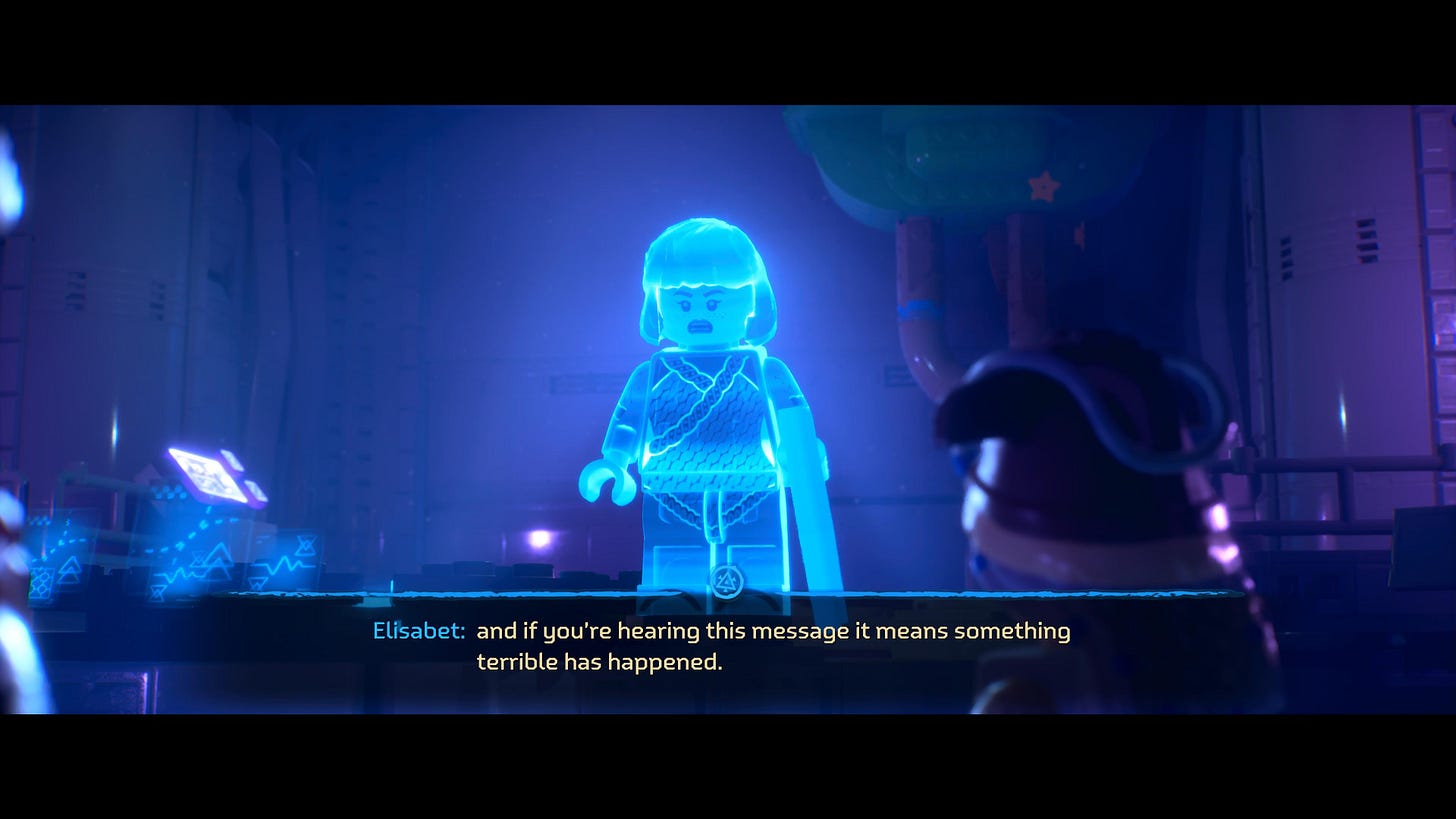
But the meat and potatoes of this game is, as you’d expect, the gameplay. Run, jump, dodge, regular and strong attack, a bit of platforming, basic town management and a spot of dress-up. Unfortunately, that list still sounds a whole lot more elaborate than what’s actually on offer. It took roughly four or five quests (helpfully broken down into bitesize offerings) for me to realise that the rest of the game was going to be just variations on the same theme. And then, despite its reasonably short runtime (around eight hours for a fairly thorough playthrough), I found myself counting down the quests till I could roll the end credits.
I should point out that it wasn’t that the game wasn’t fun at all. It certainly had its moments, and the levity (eg some of the lines spoken by enemy cultists) brought a smile to my face. But overall, it lacked a sense of stickiness — a certain quality that keeps one engaged and coming back for more — that is crucial for games of this nature. Take Astro Bot, for instance. At first glance and much like Lego Horizon Adventures, it appears to be targeted at a younger audience. But then you get into the gameplay loops and it’s actually quite addictive, to the point where you’re gnashing your teeth while attempting a level for the 70th time. There’s nothing of the sort going in Lego Aloy’s world, where aside from a couple of mini boss battles with some of the larger machines, there’s very little in the form of a challenge. Or addictiveness. As evident by my willingness to put the game down midway through a certain section, and return a couple of days later.
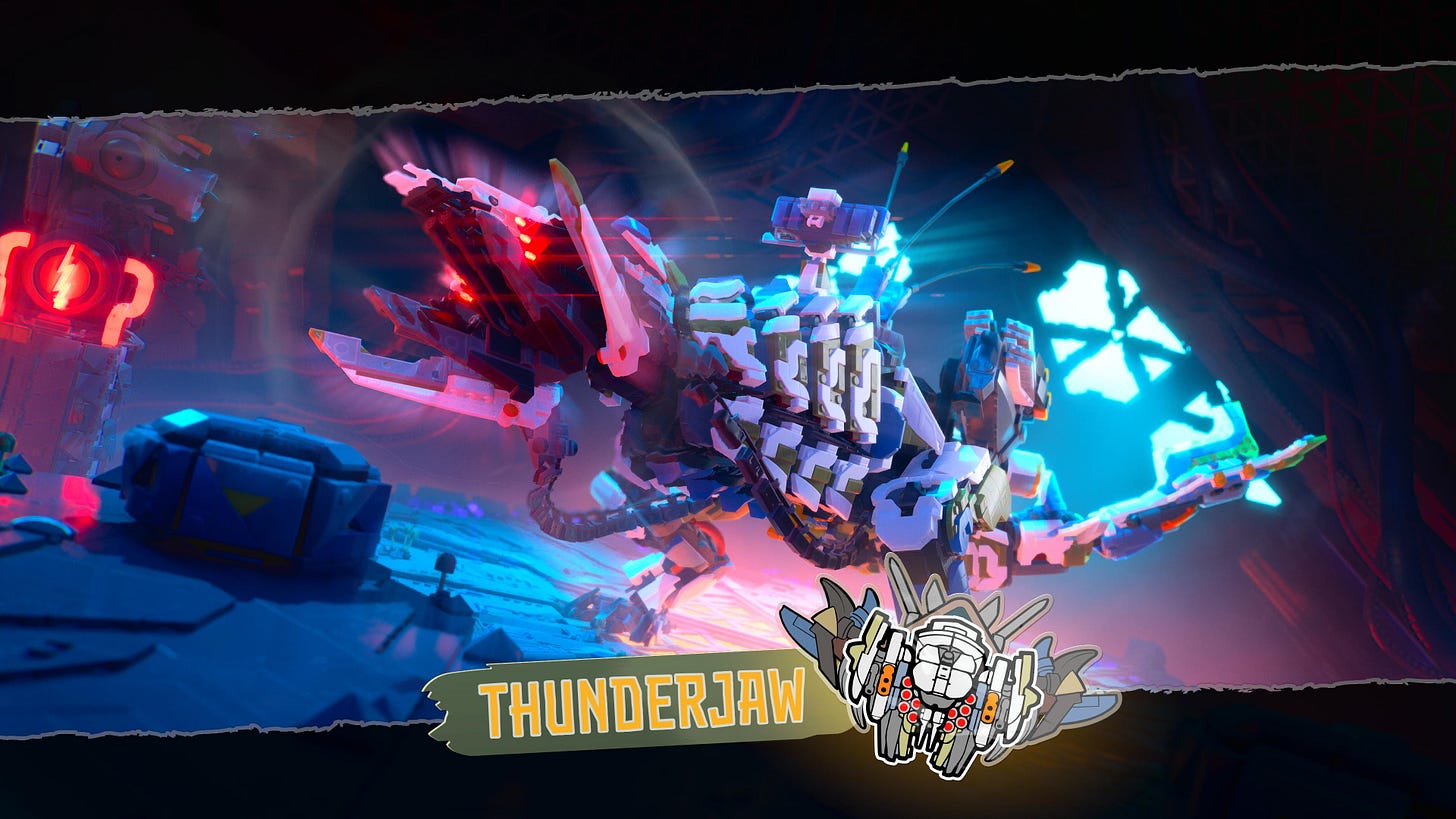
The Lego formula
I could sit nitpicking through individual aspects of the Lego Horizon Adventures that I feel contributed to me not having had the greatest of times with it (the fixed camera, for instance), but that would take up far too much of your time and mine. So instead, let’s address the root problem: The franchise wasn’t a great choice for a Lego game. To unpack this statement, I’d like to revisit some of the titles mentioned earlier in the piece in the context of successful Lego outings. Lego DC Super-Villains, Lego Star Wars II: The Original Trilogy and Lego Harry Potter: Years 1–4 are, in my opinion, three of the best examples of franchises getting the bricks treatment. Why?
First off, they pay homage to/parody existing IPs in other media. What this means is that these games were essentially playable versions of famous films, comic books, shows and so on. This was a great way to bring in non-traditional gamers and regular ones alike. Second, they all sported the trademark Lego games humour. Self-deprecating, wholesome and packed with a generous helping of winks, nods and jabs at the source material are par for the course. Most importantly, none of this ever felt cringeworthy or eyeroll-inducing like modern-day Disney Marvel humour. And third, the gameplay allows the player to experience a version of the cool stuff (whether that’s Force abilities, magic and spells, or superpowers) you’d seen in films or read about in the books. Finally, none of these games were too difficult and prioritised having fun over grappling with a challenge — this naturally boosted their approachability.
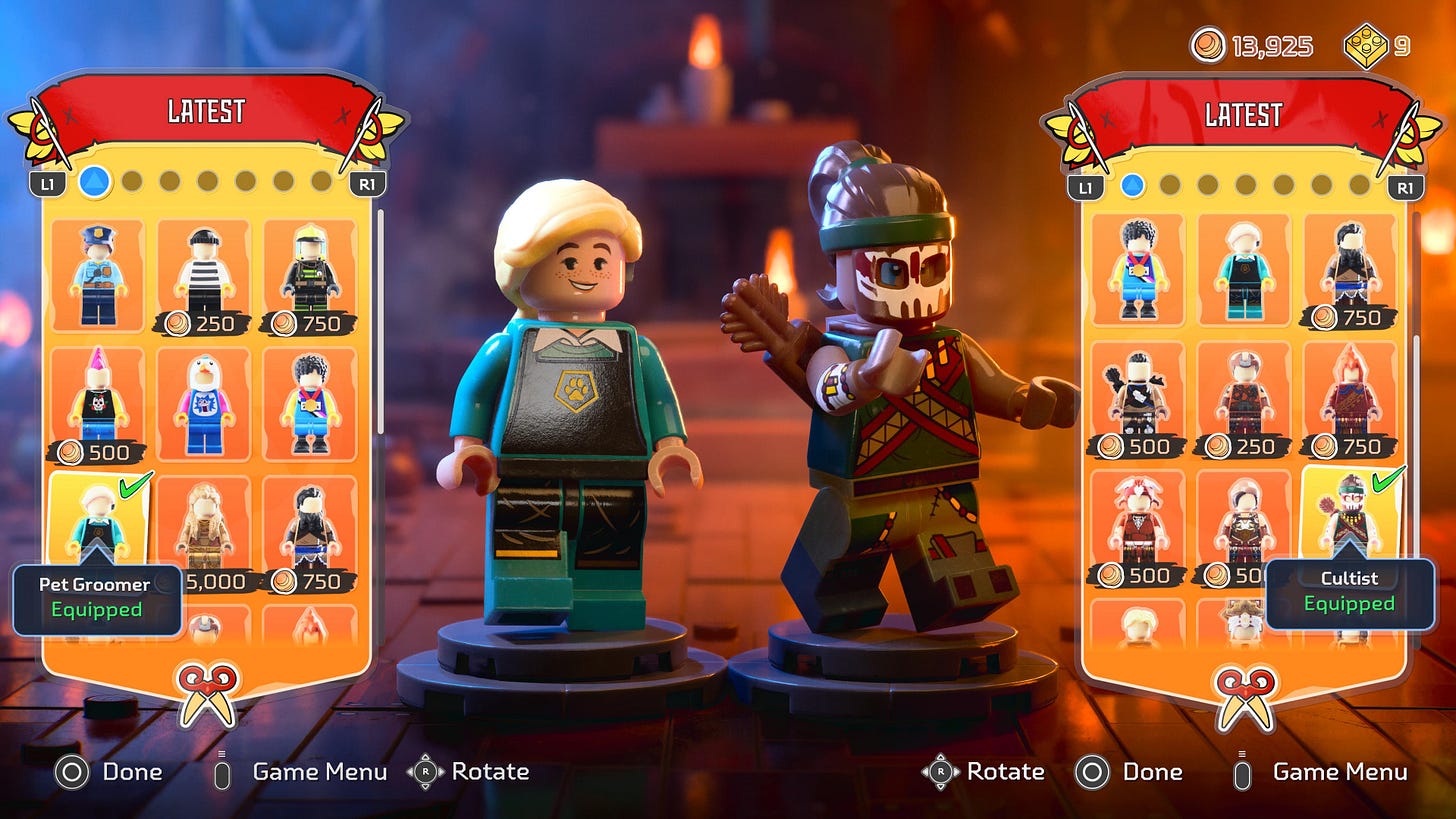
Altogether, this made for an entertaining little jaunt. The problem with Lego Horizon Adventures is that while it ticks the last two boxes (shows off the cool machines from the game and isn’t very challenging), it stumbles at the most crucial of those criteria: The bit about creating a game version of some other media IP. As of today (considering the planned Horizon show was shelved back in June or so), the series exists only as two incredibly popular action-adventure games and one title that is arguably a VR showcase. Let’s focus on the mainline games for the sake of this argument. Both Horizon Zero Dawn and Horizon Forbidden West feature wonderfully deep gameplay (packed with nuance and flexibility), incredible open worlds and an indepth crafting system. Additionally, they also sported (more the first game than the second) stellar storytelling with great emotional heft.
Essentially, Lego Horizon Adventures is a Lego version of an existing series of games. Take a moment with that sentence. It’s not a different world remade in Lego game form — it’s just a watered-down version of the Horizon games. Most of the beats of the story too are lost on the Lego version, which unfortunately is so jovial that it renders the narrative ineffectual. Now when you strip away the two greatest aspects of a franchise (in this case, gameplay and story), what you’re left with is a pretty cold and half-baked imitation.
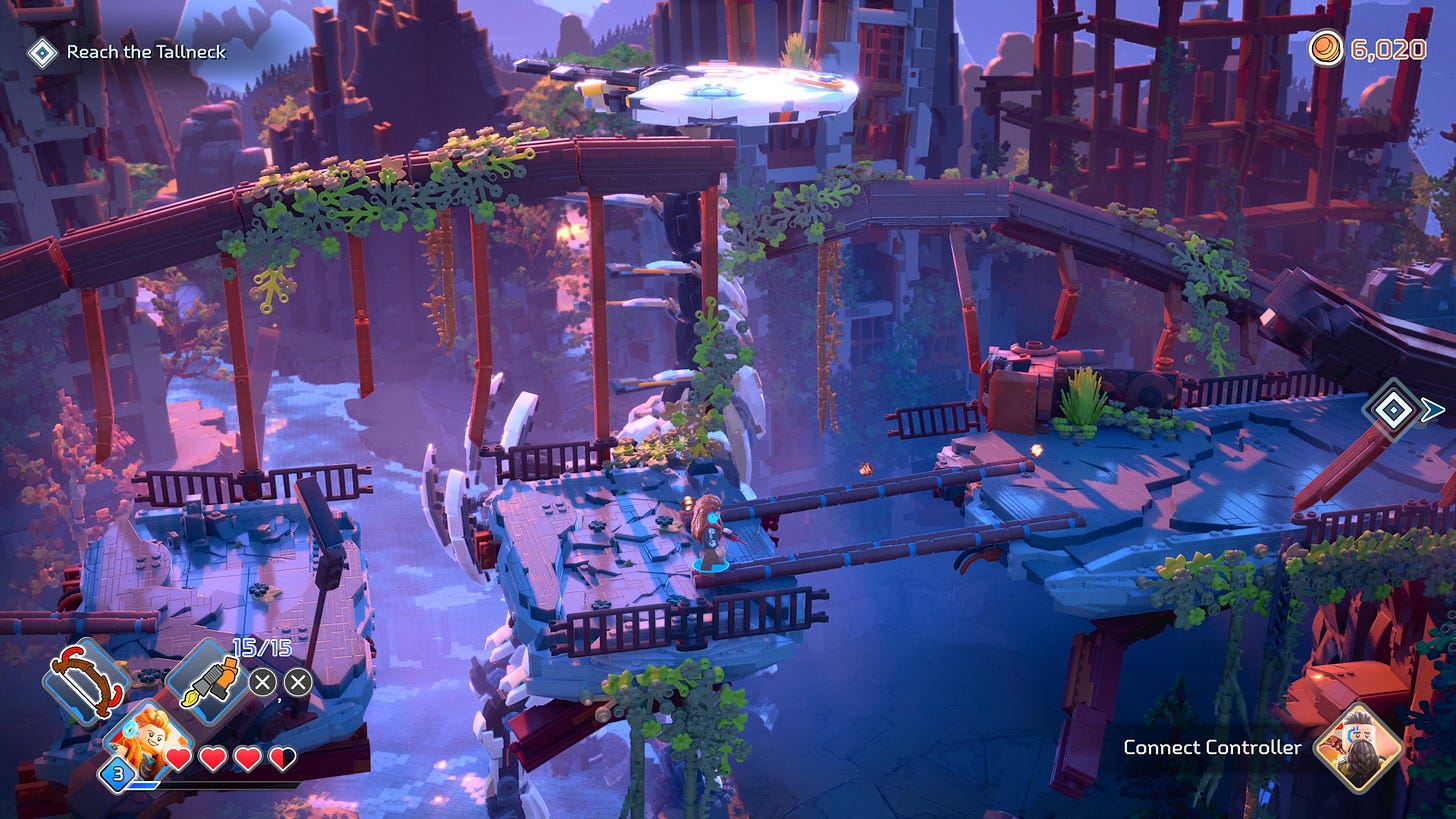
Sure, it has some high notes in terms of the platforming on a few levels (like the one depicted above) and the writing isn’t bad — maybe it’s not the best fit tonally. But the heart and essence of Horizon is lost, and to me, that’s when a Lego game doesn’t do what it’s supposed to. Also, Lego games work best when they are a spin-off of major franchises. I would argue that Horizon is not a big enough brand for this treatment. Not yet, anyway. I find it hard to imagine people who aren’t already fans of the mainline games picking this one up over say Lego DC Super-Villains.
In closing, Lego Horizon Adventures is recommended only if you are a Horizon completist or trying to introduce a non-traditional gamer or child to the series. For everyone else, go back and play the actual Horizon games. You’ll have a much richer and more rewarding experience.
Game reviewed on PlayStation 5. Review code provided by publisher
Cauldrons are special facilities in the Horizon series where machines are built. They act as dungeons filled with puzzles, platforming challenges, strong enemies and big payoffs.


